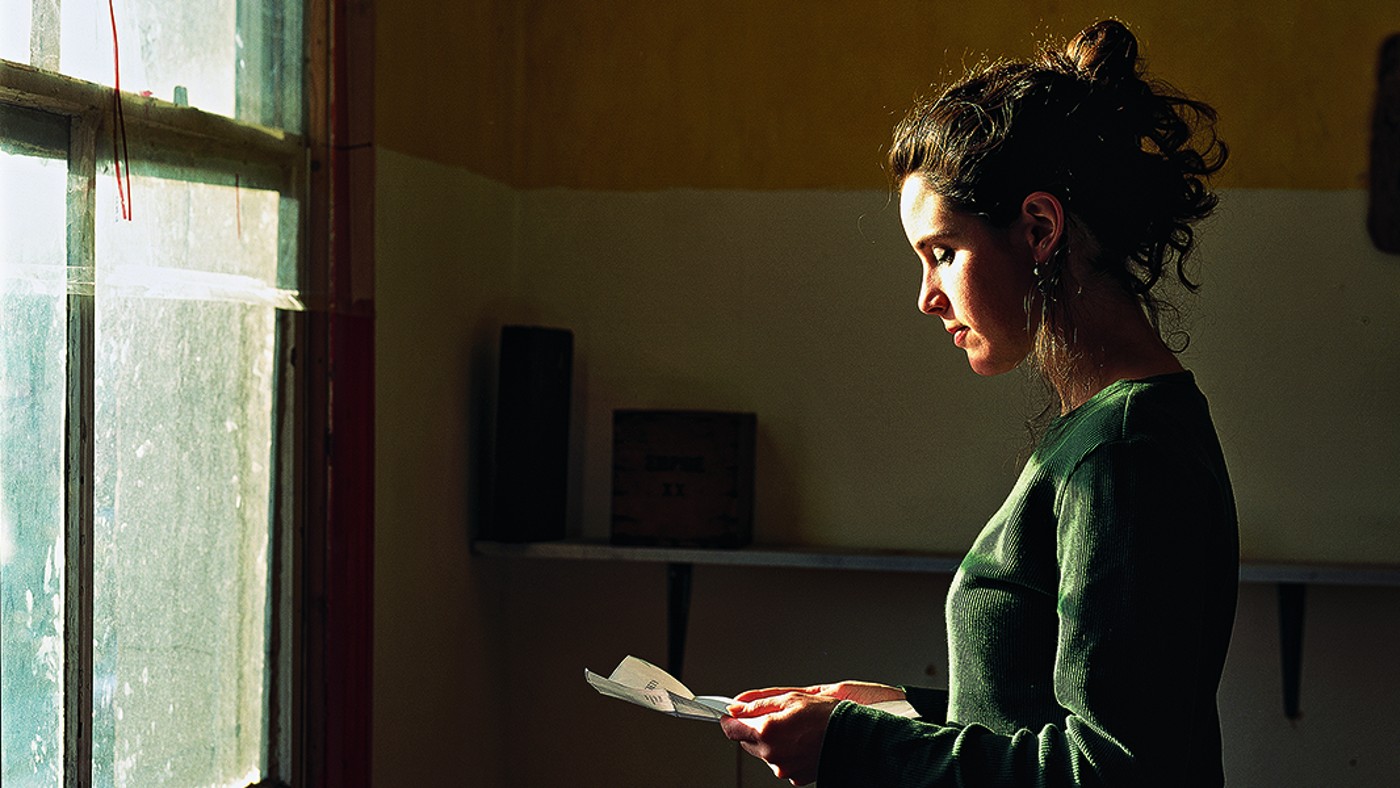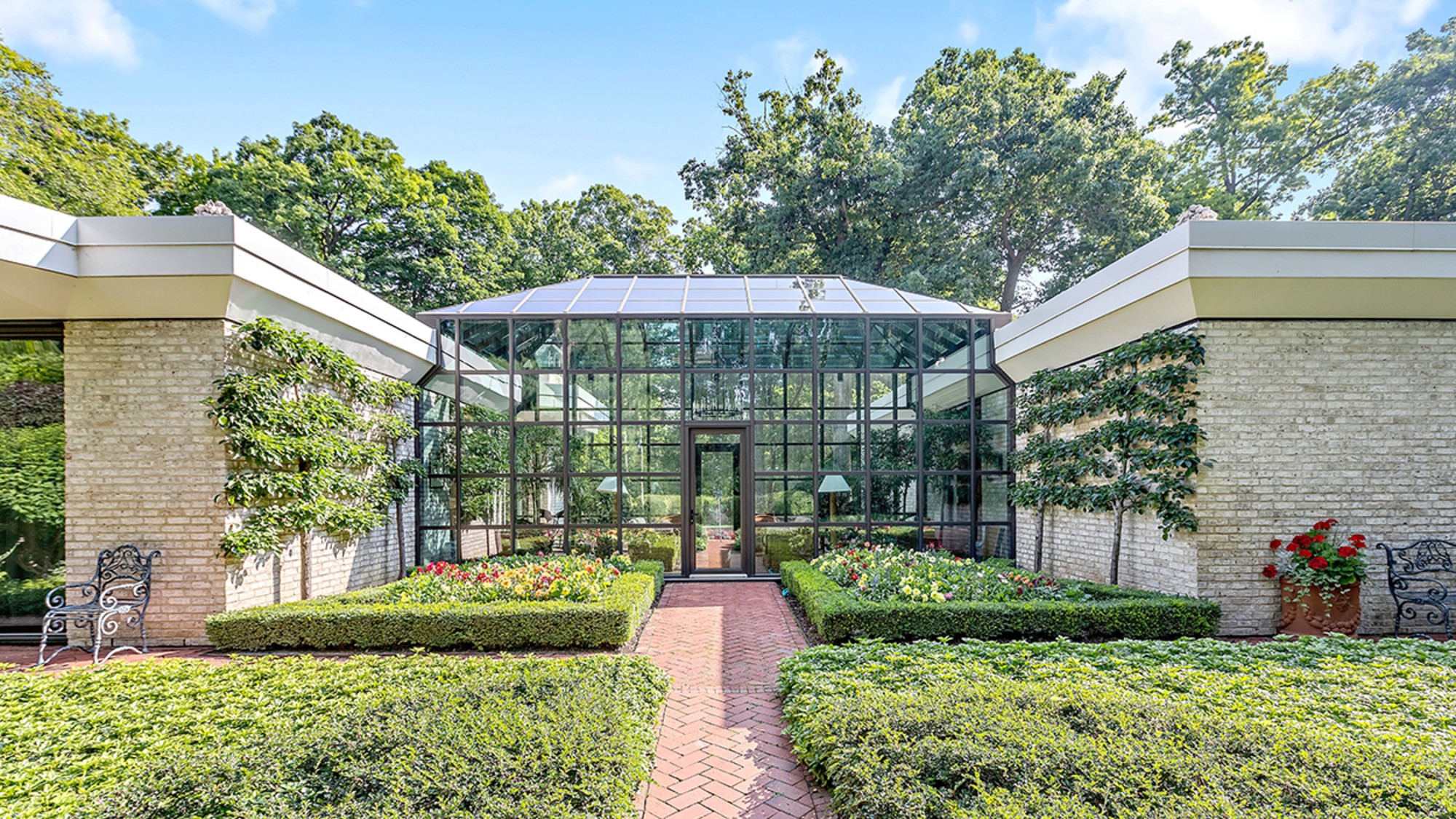Reframed: The Woman in the Window – a thoughtful and ‘tightly structured’ exhibition
Dulwich Picture Gallery show mixes bona fide masterpieces with ‘intriguing oddities’

The artistic convention of depicting a woman positioned by a window “dates back millennia”, said Hettie Judah in The Guardian. From the craftsmen of the ancient world to Vermeer to Cindy Sherman, artists have found the window a rich symbol. It can be philosophical – “a threshold between interior and exterior worlds”, confinement and freedom – or more earthy: it has often been used as a pictorial shorthand for prostitution.
This thoughtful and “tightly structured” exhibition explores the history of the tradition, as it has survived down the centuries. Taking in sculpture, paintings, prints, photographs and drawings, it mixes bona fide masterpieces with “intriguing oddities”, grouping works together in thematic clusters that probe subjects including identity, voyeurism, solitude and longing. You can see Rembrandt’s touching Girl at a Window (1645), from Dulwich Picture Gallery’s own collection, and a whole section by contemporary female artists: notably, there’s a 1975 photograph of Marina Abramovic, taken when the performance artist swapped roles with an Amsterdam sex worker.
It gets off to a scintillating start, said Waldemar Januszczak in The Sunday Times, with a section that explores the sexual connotations of the woman at the window, dating back to ancient times. There’s carved decorative ivory from around 900BC from Nimrud, in Mesopotamia, depicting the face of a “cultish goddess of love” framed by a window.
The Week
Escape your echo chamber. Get the facts behind the news, plus analysis from multiple perspectives.

Sign up for The Week's Free Newsletters
From our morning news briefing to a weekly Good News Newsletter, get the best of The Week delivered directly to your inbox.
From our morning news briefing to a weekly Good News Newsletter, get the best of The Week delivered directly to your inbox.
Perhaps more startling is a Greek pot from about 360BC incorporating what, even by today’s standards, is a riotously bawdy image of a man climbing a ladder up to a woman waiting above, his erection sticking out of his pants “like an uncooked frankfurter”. A Walter Sickert painting of “a prostitute sitting in a window” is juxtaposed with an extraordinary 15th century French sculpture showing the “virgin martyr” St Avia being “locked up for her beliefs”.
Towards the end, however, the show starts “clumping its way down the overtrodden path of identity politics”. A “beautiful” Picasso aquatint of his lover Françoise Gilot, for instance, is not so much analysed as “blasted” by the curators’ “casual accusations” about the artist’s “abusive” relationship with Gilot. Somewhere down the line in this otherwise engaging exhibition, “scholarship has given way to clichés”.
I thought the show was “filled with revelations” from start to finish, said Laura Cumming in The Observer. It is packed full of standout pictures, from a Botticelli portrait of a “steely Renaissance redhead” with her “fingers suggestively clasping the window”, to the 17th century Dutch painter Gabriël Metsu’s vision of an African woman “seated behind a stone sill in red velvet and pearls”.
Nor does it limit itself to canonical Western art: one highlight is an Indian miniature depicting “two women appearing at a window like performers in a play, arms around each other, their smiles exquisitely expressive”.
A free daily email with the biggest news stories of the day – and the best features from TheWeek.com
One of the greatest works here is Degas’ “stupendous” Woman at a Window (1871), in which the titular figure sits “still as a heron” in the gloom of a Paris apartment, as the light “strikes out her face with its dazzle”. This is an “enthralling, imaginative and constantly surprising” exhibition, “superbly curated” and visually ravishing. It is the kind of show that will “make you look harder and think longer about both art and life”.
Dulwich Picture Gallery, London SE21 (dulwichpicturegallery.org.uk). Until 4 September
-
 Art that made the news in 2025
Art that made the news in 2025The Explainer From a short-lived Banksy mural to an Egyptian statue dating back three millennia
-
 Nine best TV shows of the year
Nine best TV shows of the yearThe Week Recommends From Adolescence to Amandaland
-
 Winter holidays in the snow and sun
Winter holidays in the snow and sunThe Week Recommends Escape the dark, cold days with the perfect getaway
-
 The best homes of the year
The best homes of the yearFeature Featuring a former helicopter engine repair workshop in Washington, D.C. and high-rise living in San Francisco
-
 Critics’ choice: The year’s top 10 movies
Critics’ choice: The year’s top 10 moviesFeature ‘One Battle After Another’ and ‘It Was Just an Accident’ stand out
-
 A luxury walking tour in Western Australia
A luxury walking tour in Western AustraliaThe Week Recommends Walk through an ‘ancient forest’ and listen to the ‘gentle hushing’ of the upper canopy
-
 Joanna Trollope: novelist who had a No. 1 bestseller with The Rector’s Wife
Joanna Trollope: novelist who had a No. 1 bestseller with The Rector’s WifeIn the Spotlight Trollope found fame with intelligent novels about the dramas and dilemmas of modern women
-
 Appetites now: 2025 in food trends
Appetites now: 2025 in food trendsFeature From dining alone to matcha mania to milk’s comeback

